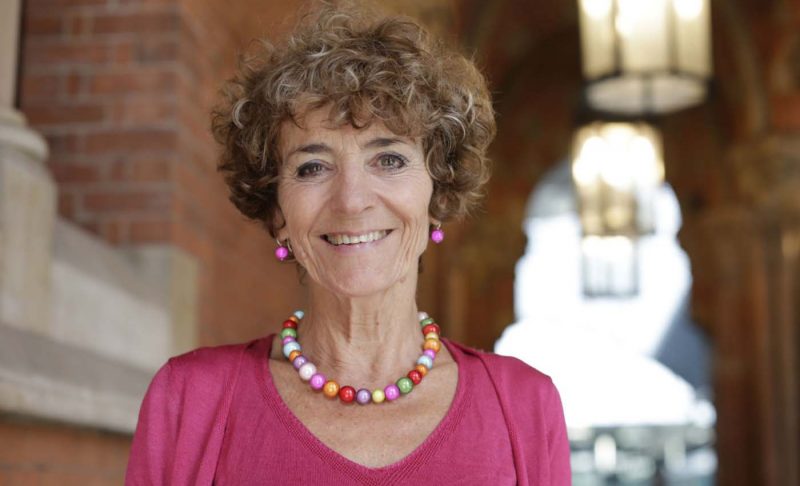Schlagwort: Mathematics
-

Combining computing and maths to teach primary learners about variables
Reading Time: 5 minutesIn our first seminar of 2023, we were delighted to welcome Dr Katie Rich and Carla Strickland. They spoke to us about teaching the programming construct of variables in Grade 3 and 4 (age 8 to 10). Dr Katie Rich Carla Strickland We are hearing from a diverse range of speakers in…
-

Mathematics and programming: exploring the links
Reading Time: 6 minutes“In my vision, the child programs the computer and, in doing so, both acquires a sense of mastery over a piece of the most modern and powerful technology and establishes an intimate contact with some of the deepest ideas from science, from mathematics, and from the art of intellectual model building.” –…
-

TAMI is an interactive trig learning table
Reading Time: 2 minutesTAMI is an interactive trig learning table Arduino Team — October 17th, 2019 Trigonometry is a struggle for some students. Perhaps one of the reasons for this is that instruction can be something of a one-way street, and concepts can be hard to grasp until more technical building blocks are learned. As…


